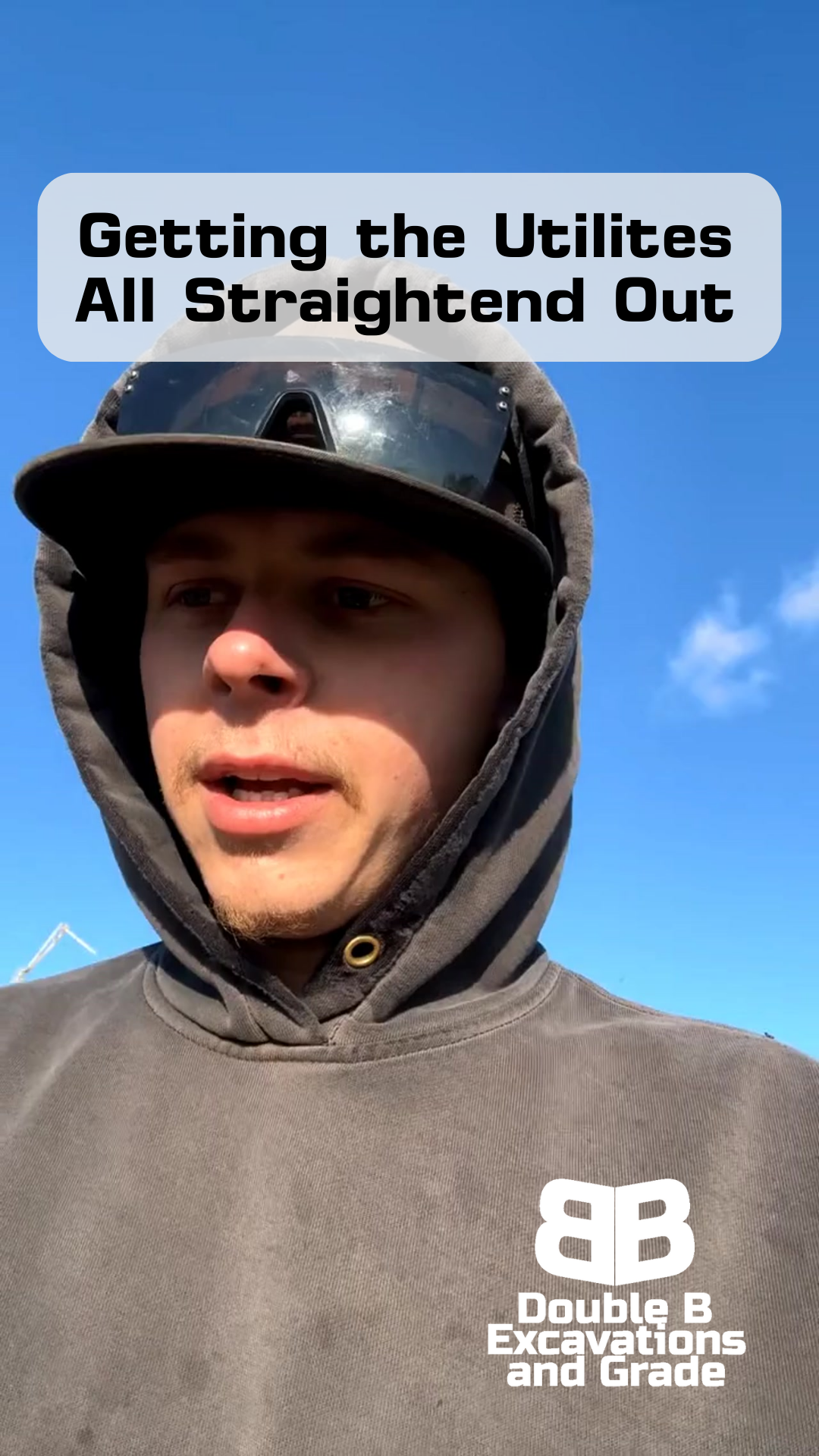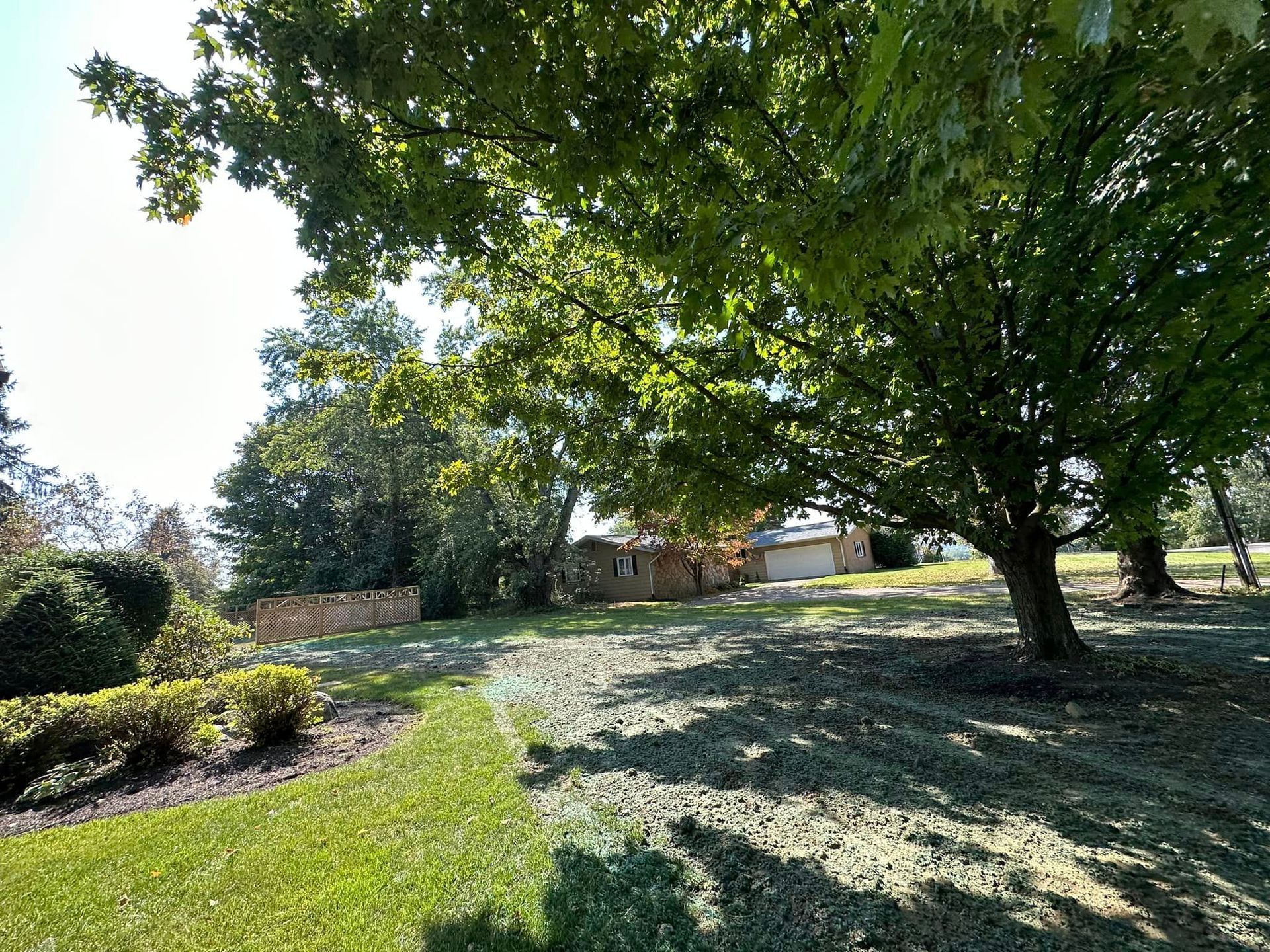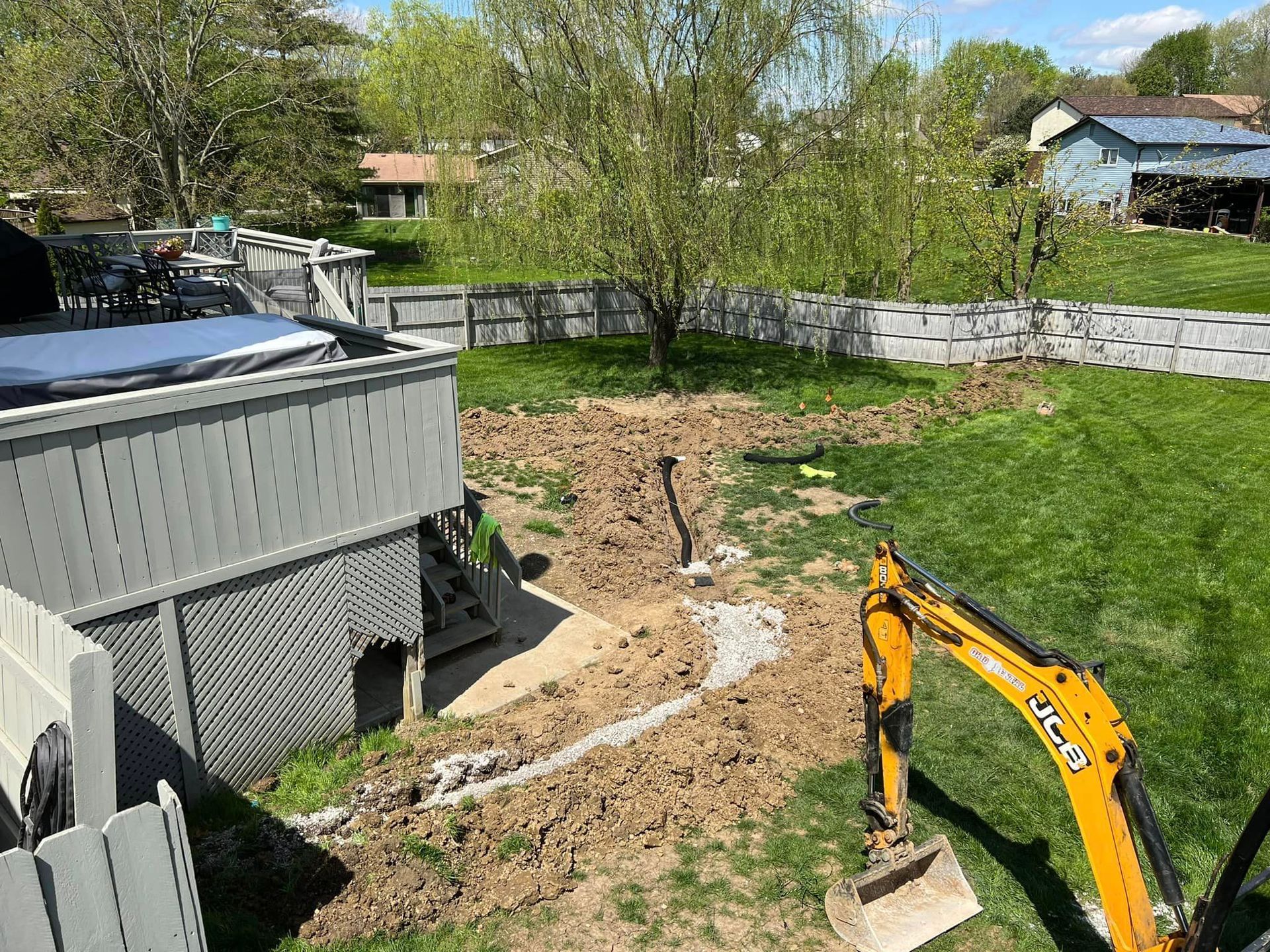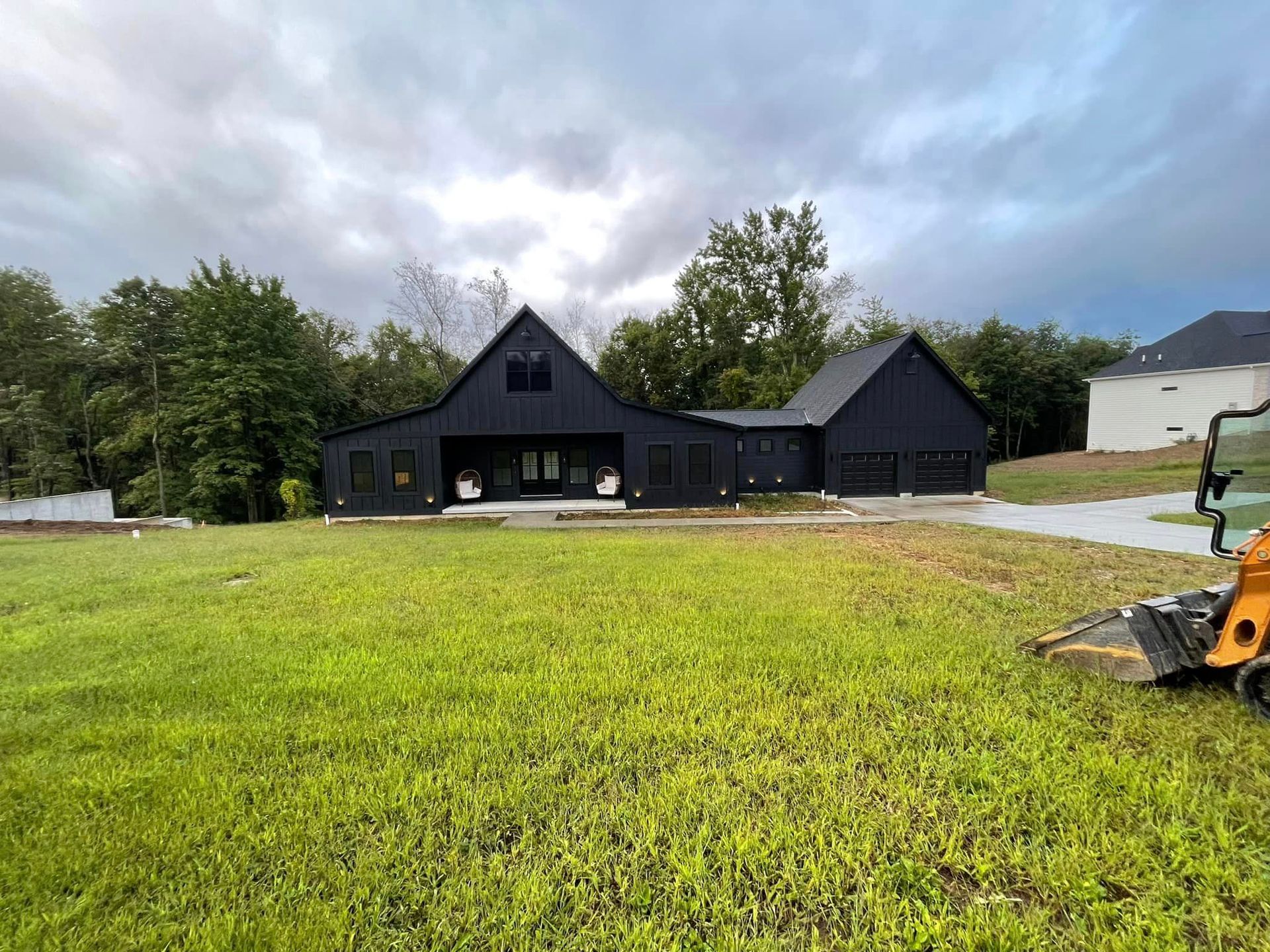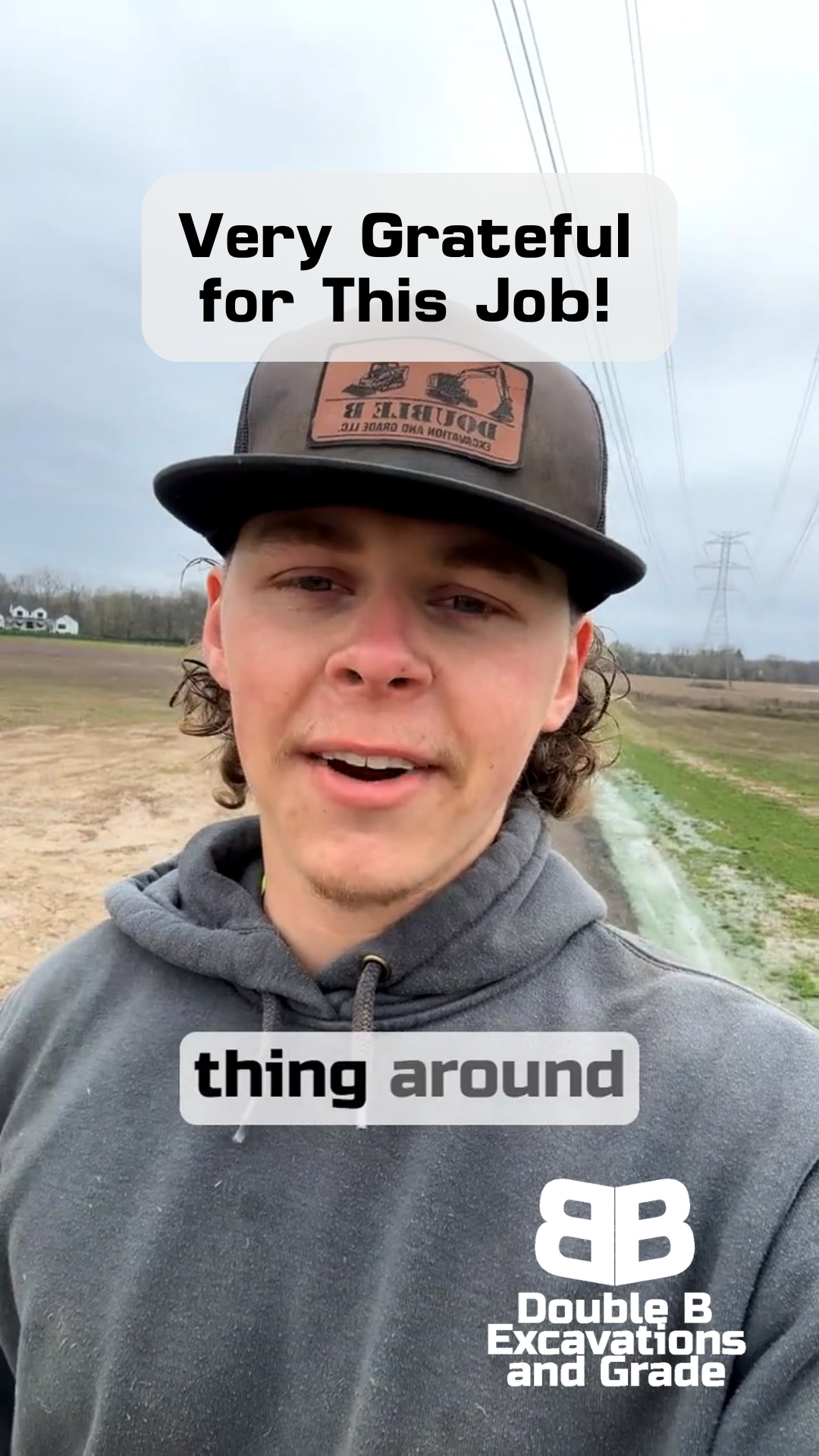Before We Move Dirt: How We Check for Costly Underground Utilities
Double B Excavations & Grade LLC
Excavation Reality - Dig Safe!
PAY ATTENTION TO WHAT'S UNDERGROUND - OR PAY THE PRICE!
Ever wonder what keeps excavation contractors up at night?
It's not the big machines or tough soil conditions - it's what's hiding underground.
Take our latest church project, for example.
At first glance, it looks simple enough: smooth out a knoll, make the yard easier to maintain.
But one wrong move around those fiber optic lines buried underneath?
That could bankrupt a business faster than you can say "oops."
That's not meant to scare anyone - it's just the reality of our work.
Every time we touch dirt, we're taking responsibility for what's above and below ground.
And believe me, there's usually a lot more going on under there than most people realize.
Welcome to Double B!
The Initial Assessment Process
When we first walk a property, we're like detectives looking for clues. Fire hydrants tell us there's a water main nearby. Utility poles might mean underground electric or fiber optic lines. Even the way water flows across the property tells us important things about what we might find below.
This is why we take our time during the quote process. Sure, some companies will show up, glance around, and throw out a number. But that's not how we work.
Before we even think about giving you a price, we're checking for:
- Utility markers and boxes
- Water flow patterns
- Existing drainage systems
- Any signs of underground services
It might take a little longer, but here's the thing - this careful checking process often saves both time and money in the long run. Plus, it helps us give you an accurate quote instead of hitting you with surprise costs later.
Common Underground Utilities
Let's talk about what's really lurking under your property.
First up: fiber optic lines.
These aren't your regular utility lines - they're the heavy hitters of the underground world.
Hit one of these, and you're not just looking at a repair bill.
You're looking at massive fines that could put a contractor out of business.
That's why when we spot those fiber markers, like we did at this church property, we pay extra close attention.
Then there's water mains.
See a fire hydrant?
That's your first clue.
At our current project, we've got one right there telling us exactly what to watch out for.
Water mains might not be as costly to repair as fiber lines, but they can still cause major headaches - and a whole lot of mud - if you don't plan around them properly.
Project-Specific Considerations
Looking at this church project specifically, here's what we're dealing with: They want us to take out a knoll (that's a small hill) and level everything out to match the existing yard. Sounds straightforward enough, right? But here's where it gets interesting.
That knoll isn't just sitting there looking pretty - it's part of an important drainage system. There's what we call a drainage swale (think of it like a natural gutter) that carries water from the driveway to a culvert, which then guides it under the road to a creek. We can't just flatten everything without making sure that water still has somewhere to go.
Add in the fiber optic line running through the work area, and now we're playing a careful game of planning. We need to:
- Remove the knoll without disturbing the fiber line
- Maintain proper drainage
- Create an easy-to-maintain slope
- Make sure everything looks good when it's done
This is why experience matters. It's not just about moving dirt - it's about knowing how all these pieces fit together.
Why Proper Planning Matters
Here's something I've learned over years of doing this work: the time you spend planning often saves double the time you'd spend fixing mistakes.
When we take extra time checking utilities and drainage patterns, we're not being overly cautious - we're being smart.
Because let's face it, hitting a fiber line or disrupting drainage isn't just expensive - it can turn a simple project into a nightmare for everyone involved.
Think about it this way: spending an extra hour or two during assessment might feel slow, but it's a lot better than spending weeks dealing with utility repairs or water problems.
Plus, your property's long-term value depends on doing things right the first time.
What Property Owners Should Know
If you're planning any kind of excavation work, here are some straight-talk tips:
- Be worried if a contractor doesn't talk about utilities during the quote
- Watch out for anyone who rushes through the assessment process
- Don't automatically go with the lowest bid - ask what checks they've done
- Make sure they understand how water moves across your property
Remember, a good contractor isn't just selling you excavation work - they're selling you peace of mind.
You want someone who takes the time to understand what's happening above and below ground.
Looking Forward
Whether it's a church property like this one or your own backyard, every project deserves careful planning.
We take our time checking utilities and drainage patterns because we want to sleep well at night knowing we've done things right.
And we want you to sleep well too, knowing your property is in good hands.
Planning some excavation work?
Let us take a look.
We'll make sure everything's checked, double-checked, and done right the first time.
Because around here, we believe in doing things the right way - even if you can't see half the work that goes into it.
